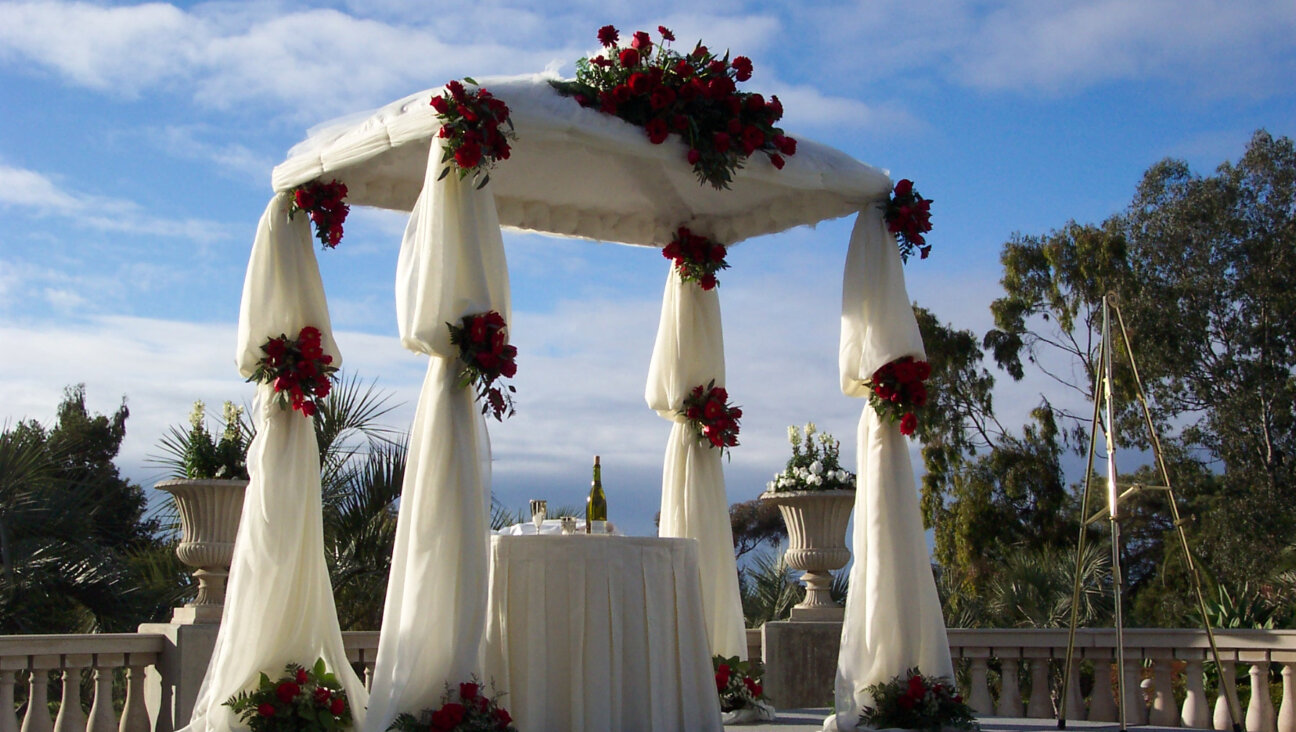Celebrating Women’s History, One Month at a Time
Each March, “Women’s History Month” is officially celebrated, offering a relatively random opportunity to focus for a short period of time on a historical experience that remains largely invisible in mainstream histories. Arbitrary as the celebration may be, those who take full advantage of a commemorative month like this often learn how central these supposedly marginalized histories have been to the development of our nation and our communities.
A close look at historical events related to Jewish women’s history in any month reveals multiple historical arcs, outlining how American Jewish women have reflected, challenged and broadened American realities and possibilities. A focus on March alone, for instance, points to the influential role of American Jewish women in creating and defining a number of fields.
In regard to public health, there are several dates related to nursing pioneers Lillian Wald and Margaret Arnstein. And in the field of fashion, there are contributions ranging from the catalogs of Lillian Vernon (born March 18, 1927) to the Barbie doll, first introduced by creator Ruth Handler on March 9, 1959.
March also suggests how broadly Jewish women have enriched American culture with evocative dates that range from Barbra Streisand’s March 22, 1962, Broadway debut to the birth of novelist Marge Piercy (March 31, 1936), to Smith College professor Senda Berenson’s officiation at the first women’s basketball game March 22, 1893.
One of the narratives that can be drawn from examination of March-associated dates is of the distinctive way that changing roles for women have shaped and defined American Jewish life.
On March 15, 1820, following the lead of their compatriots in Philadelphia, the women of New York City’s Shearith Israel announced the founding of a Female Hebrew Benevolent Society, staking out a public identity for Jewish women in attending to the needs of the poor. Women’s growing role within the 19th-century American Jewish community would find its first national expression in the work of the National Council of Jewish Women, whose founding secretary, Sadie American, was born on March 3, 1860.
Women’s religious roles evolved throughout the 20th century. On March 18, 1922, Judith Kaplan, the daughter of Reconstructionist movement founder Mordecai Kaplan, celebrated the first American bat mitzvah, thus introducing a female coming-of-age counterpart to the male bar mitzvah. And it was on March 30, 1928, that the women’s Zionist organization Hadassah asserted its defining independence, when president Irma Levy Lindheim publicly condemned the male-run Zionist Organization of America’s efforts to control Hadassah funds.
One of the significant founding moments in contemporary challenges to women’s traditional roles within Judaism occurred March 14, 1972, a few months before the ordination of the first woman rabbi within the Reform movement. On that day, a group of young female activists within the Conservative movement, calling themselves “Ezrat Nashim,” issued a call for change to a convention of Conservative rabbis. They demanded recognition of women’s religious equality, including counting women in the quorum required for public prayer and admitting women to the movement’s rabbinical and cantorial schools.
With the advent of women rabbis, and as feminism advanced the call for women’s equality within American society, expressions of women’s claim on public Jewish ritual accelerated. On March 14, 1977, The New York Times reported on the profusion of naming-ritual ceremonies for baby girls, intended to complement the celebration that accompanies the circumcision of baby boys.
The publishing of significant books — such as E. M. Broner’s “The Telling” on March 1, 1993, and Lynn Gottlieb’s “She Who Dwells Within” on March 3, 1995 — helped capture the feminist ferment that redefined American Judaism throughout the 1980s and 1990s. The impact of these efforts was signaled when Rachel Adler won the National Jewish Book Award for Jewish Thought on March 11, 1999, for her challenging book “Engendering Judaism,” which struggled with traditional texts to derive a feminist Jewish practice that could honor both the past and present.
The transformations that have grown from the introduction of female Jewish spiritual leadership found definitive symbolic and institutional expression in the election of Rabbi Janet Marder as president of the Reform movement’s Central Conference of American Rabbis on March 26, 2003. Marder thus became the first woman to lead a major rabbinical organization or a major co-ed Jewish religious organization.
This much abbreviated trip through March — even when omitting mention of Supreme Court Justice Ruth Bader Ginsberg’s birthday (March 15, 1933) or the more somber date of the Triangle Shirtwaist Factory fire (March 25, 1911) or how the work of historian Gerda Lerner led to the inauguration of National Women’s History Week on March 2, 1980 — begins to suggest the richness of the last 351 years of American Jewish experience. Such a journey reminds us of how a textured and meaningful group history is constructed day by day and person by person.
Our embrace of enriching perspectives on the past never should be limited to one day, week or month of the year. But when we use commemorative opportunities to focus on history in new ways, we may find a past that turns out to be much more diverse, engaging and challenging than we ever would have suspected.
Karla Goldman, historian in residence at the Jewish Women’s Archive and editor of its online series, “This Week in History,” is the author of “Beyond the Synagogue Gallery: Finding a Place for Women in American Judaism” (Harvard University Press, 2000).
















